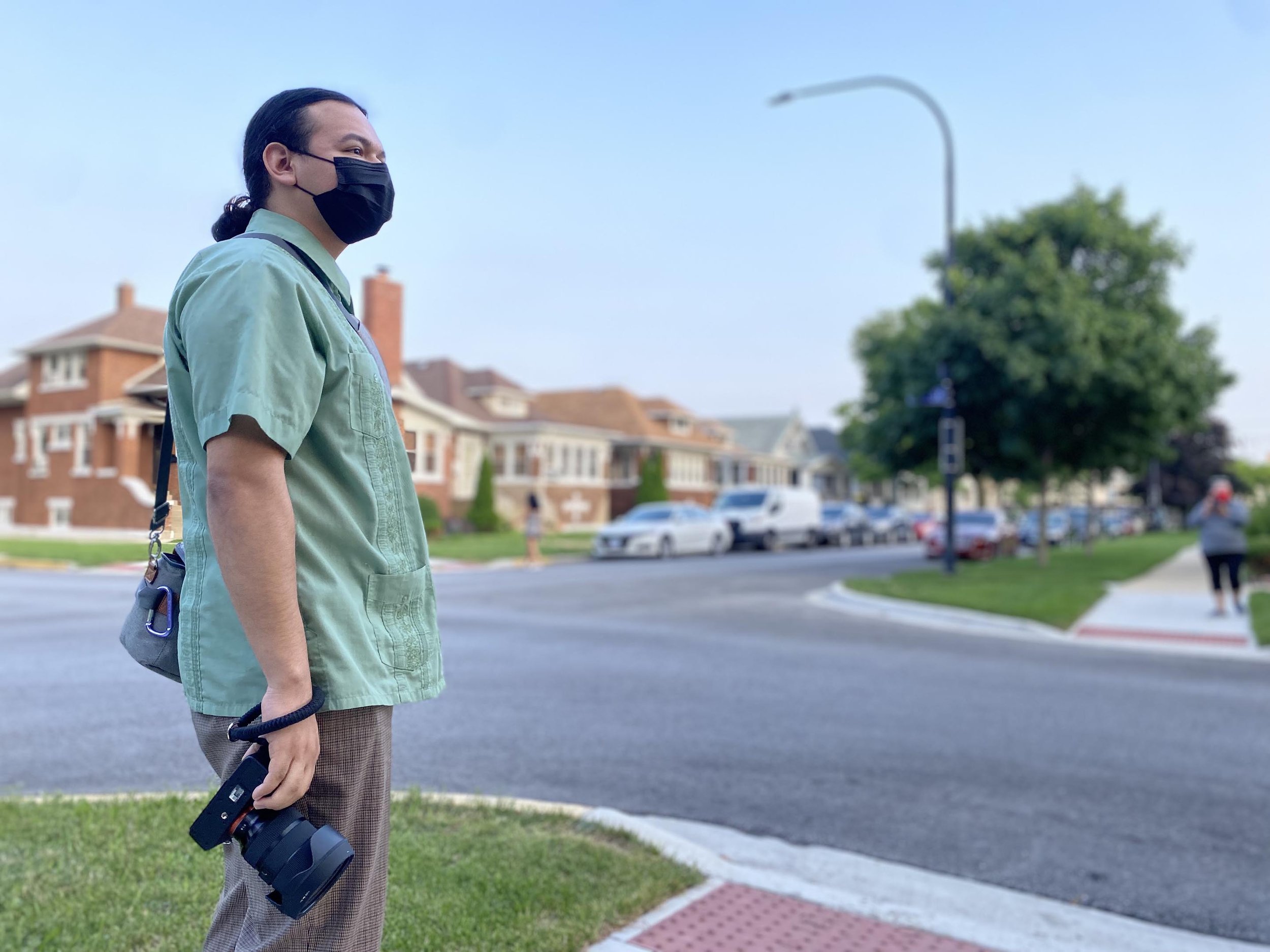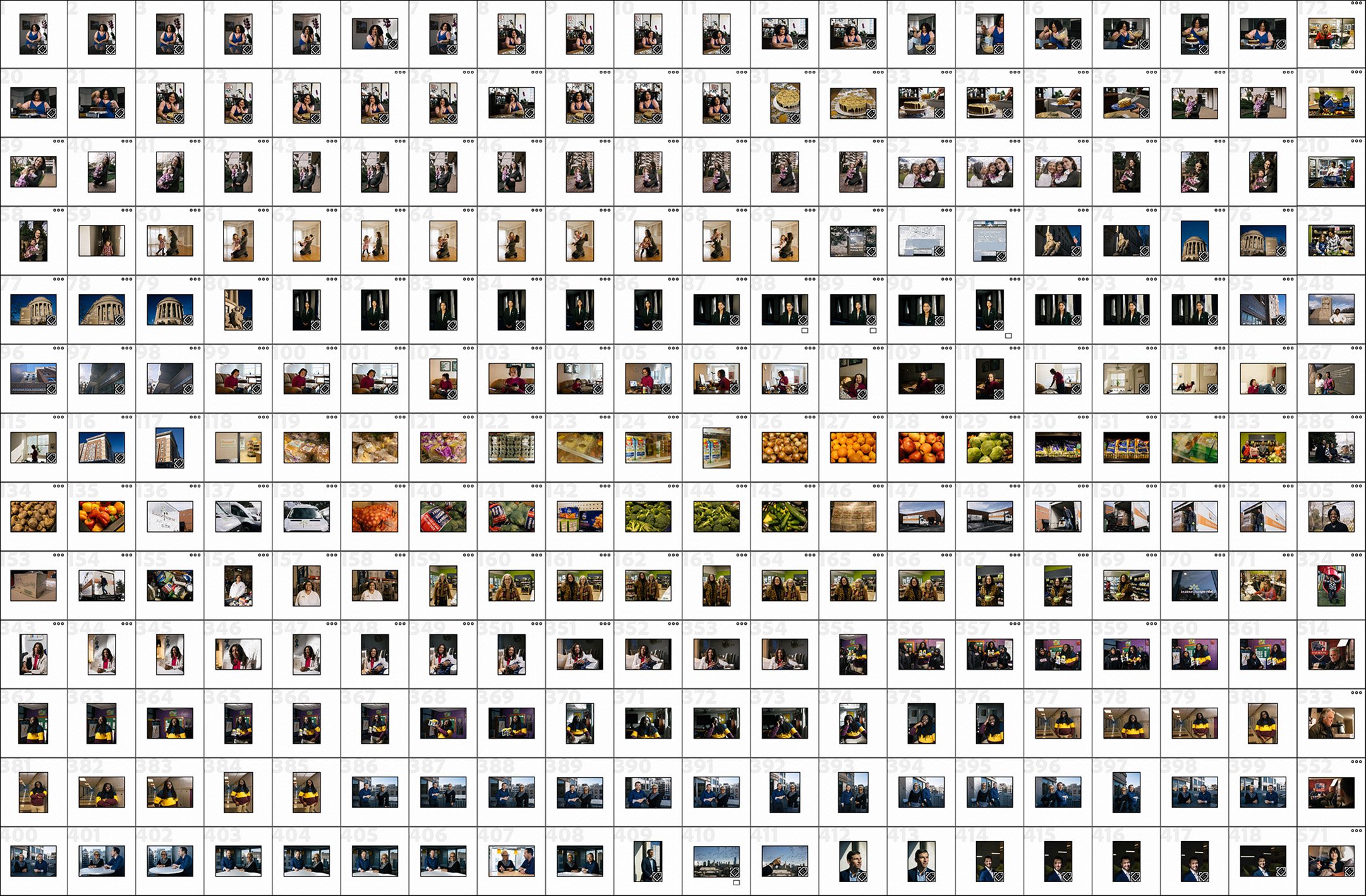
Equitable Contracts
Offering plain-spoken contracts provides clarity, protection and accountability for both publications and freelance photojournalists.
This can lead to more trust and longer-term relationships, which decreases the need to train new people frequently. Additionally, equitable terms – particularly those that allow freelancers to retain copyright and that ensure timely payment – enable sustainable livelihoods for contractors and the industry at large.
Please note that this guidance is provided for informational purposes only and should not be construed as legal advice on any matter. Consult an attorney for legal advice.
Freelance Photojournalists and Copyright
Contracts between newsrooms and freelance photojournalists serve a critical purpose by outlining the terms and conditions of their working relationship. For this toolkit, we are focusing on the image rights that photographers grant to publications in contracts and the payment for those rights.
Understanding Image Rights
Freelance photojournalists own the copyright to their images unless they sign a contract that states otherwise. This means that they keep the copyright and license images to organizations or publications (i.e., giving publications the rights to display and otherwise use the image, etc.), either on:
a non-exclusive basis (i.e., the image can be licensed to multiple outlets simultaneously); or
an exclusive basis (i.e., the image may be licensed to only one publisher)
Photojournalists and publishers may also agree to an exclusivity period known as an ‘embargo’ and thereafter on a non-exclusive basis. (Reference definitions for these terms below.)
To ensure equitable and sustainable working relationships, we recommend newsrooms allow the photographer to maintain the copyright of the image, giving them the right to license images for publication elsewhere.
Other Licensing Options
The newsroom owns the copyright exclusively, or ‘buys out’ the images (a “work-made-for-hire”), in exchange for increased payment. Higher fees make up for lost income a creator could make from licensing images elsewhere. This may be less favorable to the photographer unless the increased payment outweighs the benefit of maintaining ownership of the copyright.
The photographer may assign half of the ownership in the image to the newsroom. This is called a “joint work” between “co-authors,” though it is generally not advisable because it allows either owner to use the image however they want without the consent of the other owner; and each party must account for all revenue generated by license fees. License agreements are simpler and clearer, and present less risk of future issues.
Given that many newsrooms co-publish their work, they often need to license images on a non-exclusive basis that license images from the photographer to more than one publication in perpetuity (forever).
Below, we offer guidance on several aspects of contracts that cultivate mutually beneficial relationships between publications and freelancers through language around image rights (including copyright and licensing), payment and contractor status. We also include recommendations for best practices to foster sustainability in the industry.
Copyright: the legal rights that exist in “a creative work fixed in a tangible medium of expression” (e.g., an image) that is automatically granted to the creator of the work upon its creation. Copyright rights give the owner the exclusive rights to display, reproduce, distribute, and prepare derivative works of an image.*
Our recommendation: Offer contracts that allow the photographer to maintain copyright, which enables them to license or publish images elsewhere, sometimes after an exclusive period for your publication.
Work for Hire: when the party that hired the creator of a work becomes the owner of the copyright to that work, rather than the creator
Our recommendation: Avoid language like “Work for Hire” that strips copyright from creators and limits their ability to license images elsewhere. While newsrooms often need an exclusive license to use freelancer content for a period of time, they rarely need to own exclusively, or “buy out,” the copyright to images created by freelancers.
License: a contract, which can be limited by time or use, that gives a newsroom the right to use and/or distribute a photographer's work
Our recommendation: Offer contracts that license works exclusively for only a limited time. The contract can make the license non-exclusive after that period of time in perpetuity (forever) or that share copyright, as outlined in the contract language below.
Embargo: a requirement that an image not be published until a certain date or conditions are met.
Our recommendation: To ensure images aren’t licensed and published elsewhere before the original reporting is published, add an exclusivity or “embargo” period for a set period of time, like 72 hours or seven days after publication. This period is negotiable, and publications may want to ask for longer embargo periods for long-form or exclusive work.
* For public record of ownership and maximum legal copyright protection, works must be registered with the U.S. Copyright office promptly
Legal Resources
Lawyers for Reporters offers pro-bono legal services to newsrooms, including drafting and/or reviewing freelancer contracts. For more information or to consult with them, independent news publishers may email lkim@nycbar.org and provide the following information:
Name and URL of your organization
Name and title of sender
Your organization’s mission or primary activity/area of focus
How you learned about LFR (referral, search, etc.)
Membership in any relevant association(s)
A brief summary of the general nature of your query (note: please do not email any non-public or confidential information).
Tap into these additional resources for newsrooms to develop contracts and access legal counsel.
-

ACOS Alliance: Contracts Resource
Review examples of clear contract terms
-

ACOS Alliance: Legal Assistance Resource
Find organizations that provide resources, advice, support and legal assistance
-

TrustLaw
Pro-bono legal consultation for newsrooms
-

Lawyers for Reporters
Access pro bono legal services for newsrooms
-

Reporters Committee for Freedom of the Press
Use this legal hotline to access pro bono legal help
-

Volunteer Lawyers for the Arts
Access pro bono legal services for freelancers
-

European Pro Bono Alliance
Access pro bono legal service in Europe
Contractor Status and Livable Rates
Standard freelance contracts outline the non-employee status* of contractors. This means freelancers do not receive benefits and steady paychecks like staff reporters and editors. They also are not furnished with cameras, lighting, computer equipment, software or insurance, which can cost anywhere between $5,000 and $30,000 and are necessary to complete assignments.
This high cost of doing business can drive out freelancers from low-resource backgrounds and can hurt a publication's ability to hire journalists who reflect the communities they cover.
Assignment rates should reflect:
The copyright agreement (higher for a copyright buyout)
The licensing agreement (higher for a longer period)
A region's cost of living
The length of time required to complete an assignment (including pre-reporting meetings and and post-reporting editing)
The frequency of work (higher for infrequent assignments)
For context: In Chicago, the average assignment rate is about $250. National newspapers pay between $400 and $650 per assignment with an increase up to $975 for a long day. It should be noted that industry surveys, like the State of Photography 2022, reveal that financial precarity is common among freelance photojournalists, leading many to also photograph for non-journalism organizations and companies, which tend to pay more.
*Editorial note: For publications hiring photographers who work in California, the 2020 law AB5 classifies some independent contractors as employees.
Payment
Terms
Publications should do everything they can to ensure that freelancers are paid within 30 days of submitting their invoice, and for assignments that require larger expenses like hotel rooms and flights, they should offer to pay such expenses up front when possible.
Here’s an example of a Payment Terms agreement via ACOS that is fair to both parties:
In consideration for the Contributor’s creation of the Works, the Company shall pay to the Contributor a[n] [daily][hourly] fee of $_____ payable for Works (the “Publication Fee”). The Contributor agrees to submit an invoice that includes a reasonably detailed description of the [days][hours] worked…and the Company agrees to pay the Publication Fee determined pursuant to such invoice within [thirty (30) days] of receiving such invoice.


